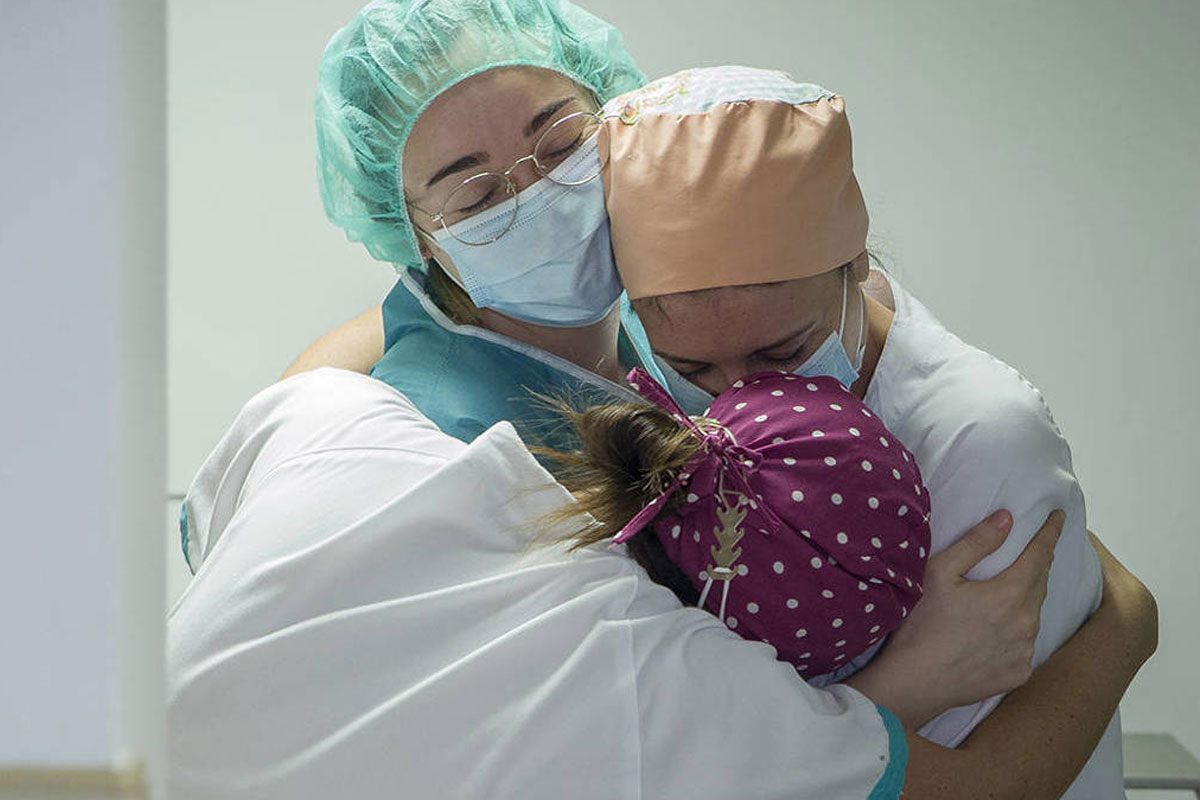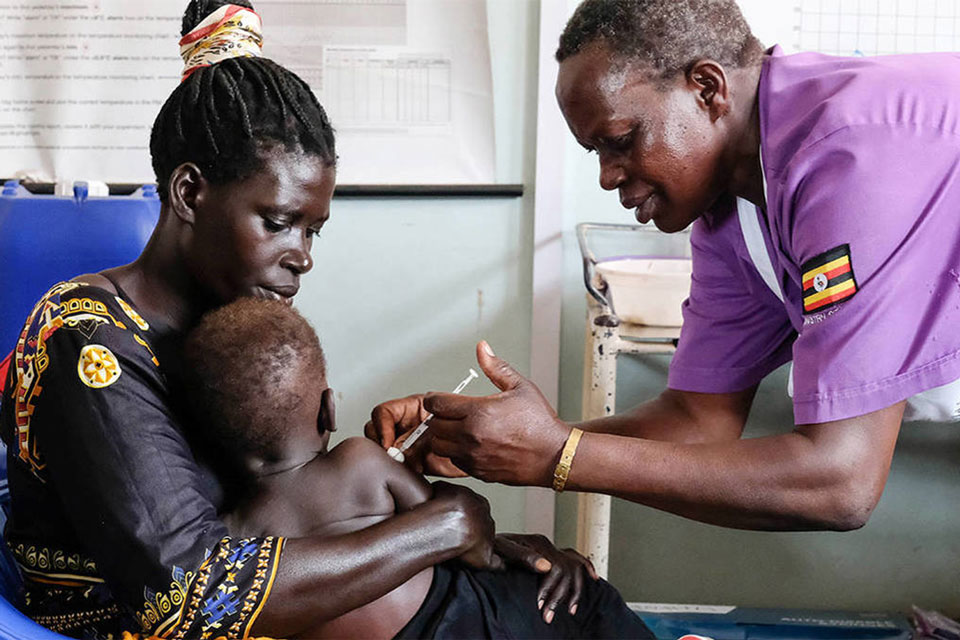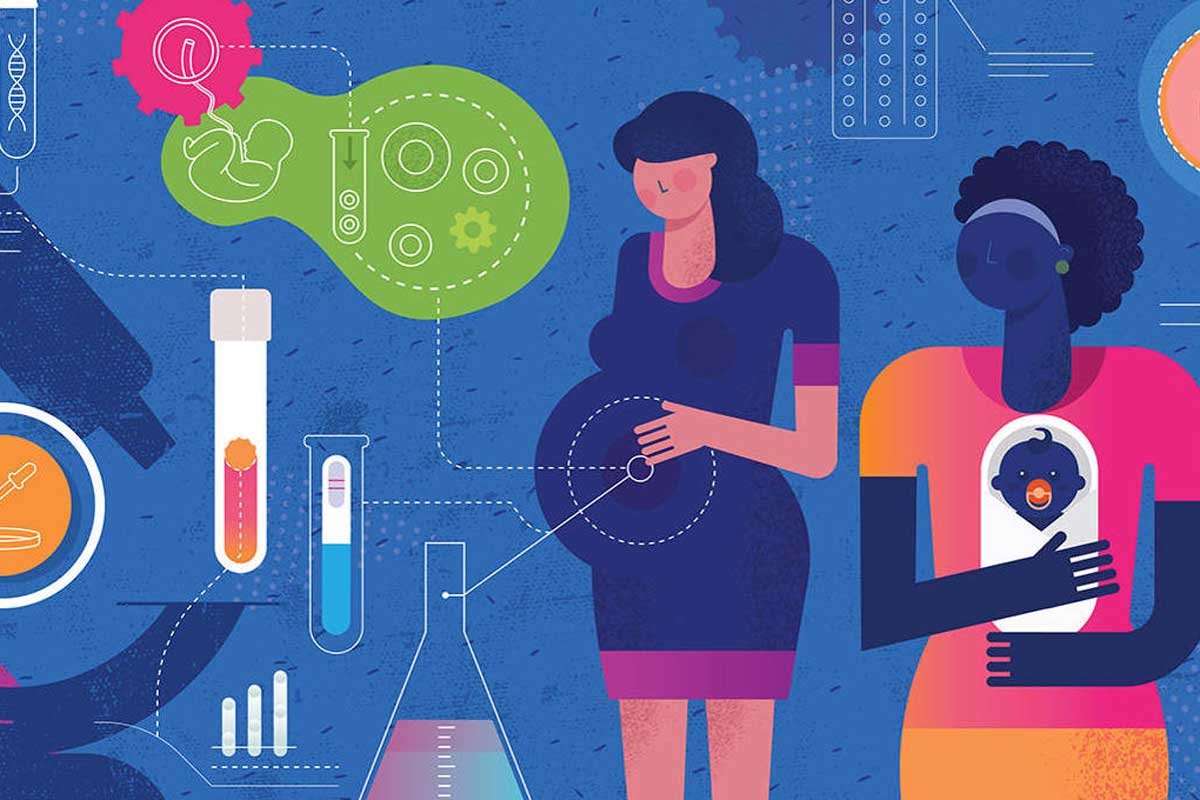Antibiotic Shortages Are Fueling Antimicrobial Resistance
In countries worldwide, shortages of first-line antibiotics often lead to overuse of those that are specialized or kept in reserve for emergencies. Not only may these substitutes be less effective, but reliance on them increases the risk of drug resistance developing and infections becoming more difficult to treat in the long run.
- 24 November 2023
- 4 min read
- by Project Syndicate

The overuse of antibiotics is now widely recognized as one of the main factors contributing to antimicrobial resistance – often called the "silent pandemic." But what is less well known is that shortages of antibiotics also play a role in fueling AMR.
Scarce supplies of pediatric amoxicillin, used to treat Strep A, made headlines in the United Kingdom late last year, as a surge of infections left at least 19 children dead. Far from being an outlier, however, such shortfalls are common and pervasive, affecting countries across the world, and their consequences for both individuals' health and AMR's spread can be dire. That is because shortages of first-line antibiotics often lead to overuse of those that are specialized or kept in reserve for emergencies. Not only may these substitutes be less effective, but reliance on them increases the risk of drug resistance developing and infections becoming more difficult to treat in the long run.
Already one of the world's biggest killers, AMR is on the rise. In 2019, it was directly responsible for an estimated 1.27 million deaths – more than HIV/AIDS and malaria combined – and associated with 4.95 million more. So far, the global response to this growing crisis has focused mainly on trying to outpace drug-resistant bacteria through the development of new antibiotics. But in the short term, there is ample room to reduce the number of AMR deaths, as well as AMR's impact on health more broadly, by addressing some of the causes of shortages and improving access to appropriate treatments.
The same market failures that triggered the global AMR crisis are also largely responsible for antibiotic shortages. Compared to other drugs, antibiotics are often more complex and more costly to manufacture, have stricter regulatory requirements, and are less profitable. As a result, many pharmaceutical companies have significantly reduced or stopped antibiotic research and development over the last few decades.
Not only are very few new antibiotics being developed, but it has also become less attractive to produce those already on the market, partly owing to supply-chain bottlenecks and volatility. All it takes is a disruption in the supply of an ingredient or a quality-control problem, or a supplier increasing prices or halting production entirely, to bring the global supply chain of these medicines to a standstill.
But just as important has been the equally volatile demand for antibiotics caused by sudden outbreaks of bacterial infections and poor management of national supplies, which contributes to stockouts. While shortages are not uncommon in the pharmaceutical industry, they are 42% more likely for antibiotics than they are for other drugs.
Although precise numbers that would reveal the scale of the problem are difficult to obtain, much of this uncertainty could be avoided with better market intelligence. Even though antibiotics are less lucrative than other drugs, pharmaceutical companies can still turn a profit – if they have accurate data. Improved forecasting can thus reduce risks for manufacturers and provide a stronger incentive to scale up production and expand their markets.
Have you read?
There is also plenty of room for improvement in the way that countries – particularly lower-income countries – procure, register, and manage these vital drugs. By expanding the capacity of national regulatory authorities, for example, it would be easier to track and coordinate supplies and create stockpiles to build greater resilience. All of this would also help provide more certainty for drug makers.
SECURE, an initiative led by the World Health Organization and the Global Antibiotic Research and Development Partnership (of which I am executive director), aims to work with countries to improve access to essential antibiotics. That involves exploring how national regulatory authorities could serve as centralized hubs to help monitor, prevent, and respond to shortages. Eventually, SECURE intends to create more buoyant and competitive markets by encouraging countries to pool procurement, ensuring a more reliable supply.
Shortages of antibiotics are a serious problem for all countries, but there is plenty that can – and should – be done to prevent them. Given the accelerating spread of AMR and the long lead-in time to develop antibiotics, we can't afford to continue overlooking the problem. Equally important, efforts to address scarce supplies could help ensure that, when new drugs become available, they reach the people who need them.
Written by
Manica Balasegaram is Executive Director of Global Antibiotic Research and Development Partnership.
Website
This article was originally published by Project Syndicate on 25 October 2023.
More from Project Syndicate
Recommended for you









